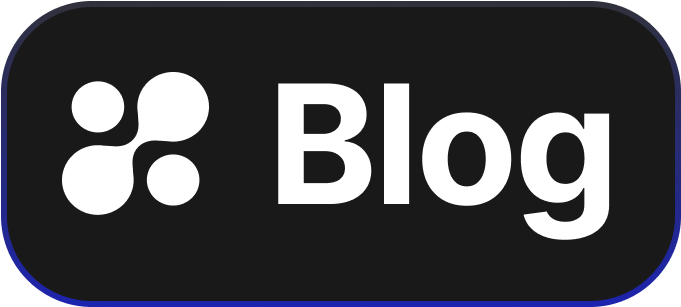Securing Your Applications with RBAC and OAuth 2.0 Simplified
Technology managers constantly juggle between ensuring security and maintaining smooth user experiences. A key part of this balancing act is managing who gets access to what information within an application. This is where Role-Based Access Control (RBAC) and OAuth 2.0 come into play. Let's explore how these two can work together to keep your applications safe and efficient.
Understanding RBAC and OAuth 2.0
RBAC stands for Role-Based Access Control. It's a method of restricting access based on users' roles within an organization. Instead of giving complex, granular access rights to individual users, you assign them roles. Each role comes with a pre-defined set of permissions that dictate what a user can or cannot do within an application.
OAuth 2.0, on the other hand, is a protocol that allows third-party services to exchange your site's information securely without sharing passwords. With OAuth 2.0, users can authorize applications to interact with your service on their behalf.
Why Combine RBAC with OAuth 2.0?
Combining RBAC with OAuth 2.0 offers a robust security approach to managing user access:
- Enhanced Security: By managing access through roles and tokens, you reduce the risk of unauthorized data exposure.
- Efficiency: Pre-defined roles simplify the management of access rights, saving time and reducing error risks.
- Scalability: As your organization grows, managing access through roles is more scalable than individual permissions.
Implementing RBAC with OAuth 2.0
Implementing RBAC with OAuth 2.0 involves three key steps:
1. Define Roles
Identify the different roles within your organization. This could range from 'Admin' to 'Viewer', each with specific permissions. The better-defined your roles, the easier it is to manage user access.
2. Assign Permissions to Roles
Once roles are defined, assign specific permissions to each role. For example, an 'Admin' role might have full control, while a 'Viewer' might only have access to view data but not edit it.
3. Issue Access Tokens
OAuth 2.0 issues access tokens for authentication. These tokens can include user roles, allowing your system to verify what the user is allowed to do without asking them to log in multiple times.
Benefits for Technology Managers
For technology managers, the combination of RBAC and OAuth 2.0 means:
- Streamlined Operations: Automate access assignments, reducing the overhead of manually managing user permissions.
- Improved Security Conformance: Meet industry security standards with elegant and secure authentication strategies.
- Better User Experiences: Provide seamless access without compromising on security, ensuring users only see what they need to.
Explore the Power of RBAC with OAuth 2.0 at Hoop.dev
The true potential of RBAC combined with OAuth 2.0 is best experienced first-hand. At Hoop.dev, our solutions are designed to showcase these capabilities in action. See how straightforward it can be to secure your applications effectively.
Discover how quickly you can integrate these methodologies into your workflows with Hoop.dev's services. Dive into a live demonstration today to see the magic unfold in just minutes!
With the right tools and understanding, managing application access need not be a daunting task. By embracing RBAC and OAuth 2.0, technology managers not only enhance security but also streamline operations to keep their teams efficient and secure.
